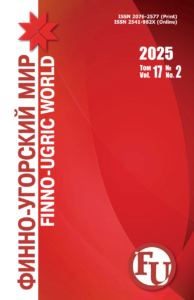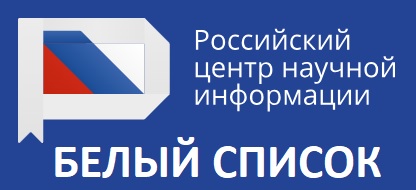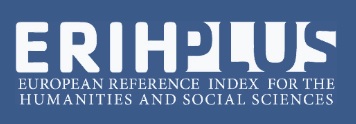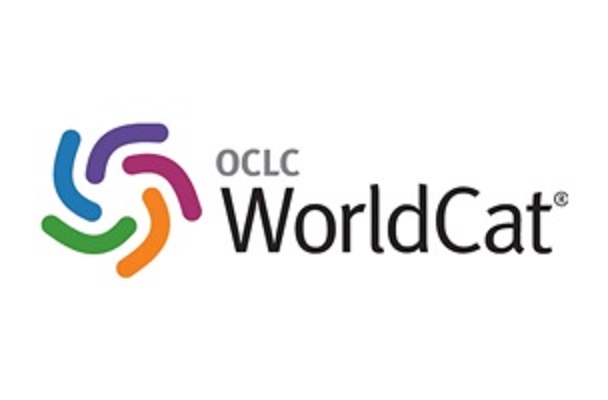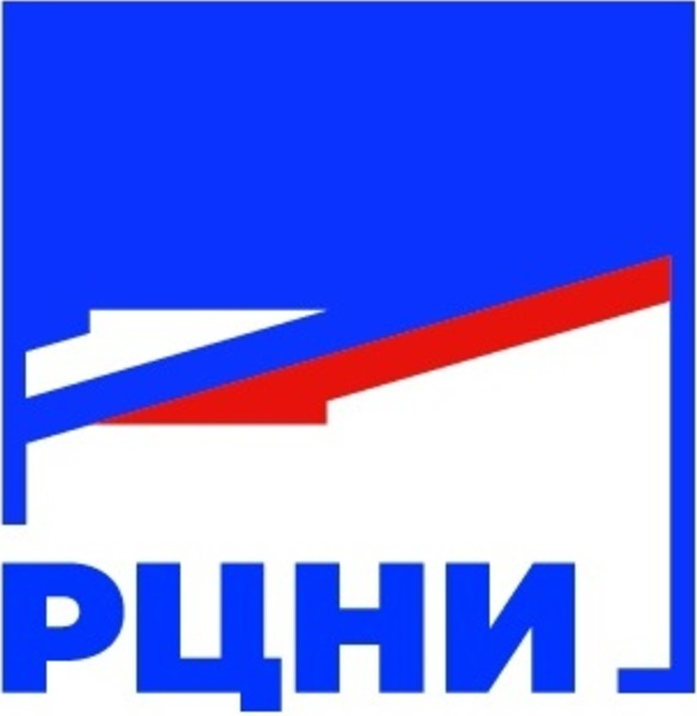Marina N. Kazakova,
Candidate Sc. {Political Science}, Associate Professor,
Department of General History, Political Science and Regional Studies,
National Research Mordovia State University
(Saransk, Russia), mnkazakova@mail.ru
Irina G. Napalkova,
Candidate Sc. {History}, Associate Professor,
Department of General History, Political Science and Regional Studies,
National Research Mordovia State University
(Saransk, Russia), zamisi@yandex.ru
Introduction. In modern Russia, patriotism is broadcast by the authorities as the only possible ideology of a democratic state, its national idea, which gives rise to many disputes and discussions within connotational boundaries: “love for the homeland lies outside states and nations – this is an initial, natural, genetic feeling” vs “the idea of sovereign patriotism can and should be the basis of the national idea of Russia”. The purpose of this publication is to consider the conceptual base and the activity of the formation of patriotic consciousness in the period 2012–2020 on the example of a separate subject of the Russian Federation – the Republic of Mordovia.
Materials and Methods. The methodology was based on a retrospective analysis, an axiological paradigm, and a systematic approach. Case study was used among the applied methods. The Republic of Mordovia acted as a case, as it is a typical constituent entity of the Russian Federation related to agro-industrial regions, on the other hand as a national republic in which citizens of 119 nationalities live, while the national composition is dominated by Mordovians (Moksha, Erzya), Russians, Tatars.
Results and Discussion. In the Republic of Mordovia, as well as in the Russian Federation as a whole, civic and patriotic education and the formation of patriotic consciousness of citizens is implemented through a program-targeted approach. This is expressed in a number of state programs, including “Development of Education in the Republic of Mordovia”, “Development of Culture and Tourism in Russia”, “Counteracting Drug Abuse and Illicit Trafficking”, “Harmonization of Interethnic and Interfaith Relations in the Republic of Mordovia”, etc., and there is a continuity in their adoption and prolongation. Effective vertical and horizontal interagency links have been created for their implementation. In recent years, individual civil society institutions, in particular, socially oriented non-profit organizations, have been actively involved in civic and patriotic education. The work also examines the activity component in the context of the analysis of individual events, graded by the authors for civic and patriotic, social and patriotic, heroic and patriotic and military and patriotic vectors. The problematic area remains the co-financing of state-funded programs in terms of the region’s obligations due to the accumulated problems in the budgetary sphere and, as a result, the highest debt burden of all the subjects of the Russian Federation.
Conclusion. In nowadays Russia, the elements of civic-patriotic education are consistently implemented in the state educational, cultural, national, and youth policy. In the Republic of Mordovia, the implementation of patriotic themes is assessed as diversive and it has various formats. It is carried out according to civic and patriotic, socio-patriotic, heroic-patriotic, military-patriotic vectors.
Key words: Russian national civic identity; patriotism; patriotic consciousness; civic-patriotic education; region; Republic of Mordovia; program-targeted approach.
Acknowledgements: The study was carried out with the financial support of the Russian Foundation for basic research, the project “Spatial development of Russia as a factor of nation-building and the formation of a national idea” (No. 18-011-00364 A).
For citation: Kazakova MN, Napalkova IG. Patriotic education as a basis for strengthening Russian national civic identity: experience of the Republic of Mordovia (2012–2020). Finno-ugorskii mir = Finno-Ugric World. 2020; 12; 4: 430–446. (In Russian)
